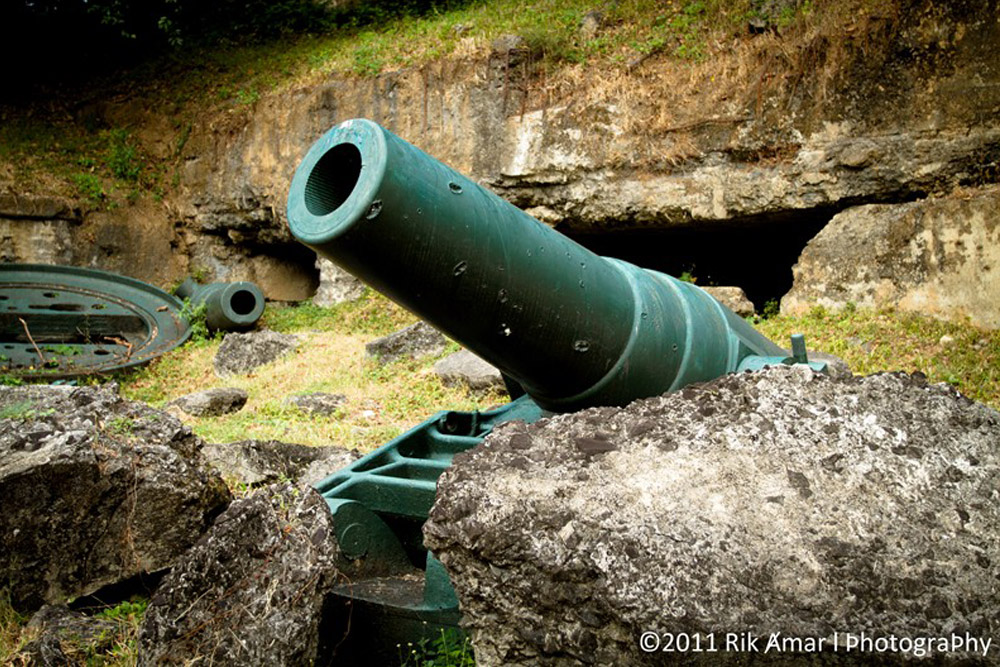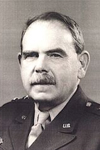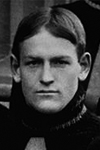Corregidor - Battery Geary
Battery Geary was constructed between 1907 and 1911. It was named after U. S. Army Captain Woodridge Geary who was killed in the Philippine–American War of 1899. Battery Geary was armed with eight 12" (305mm) mortars and four M1890 M1 mortars on M1896M1 carriages in Pit A and four M1890 mortars on M1908 carriages in Pit B.
The battery was manned by 59th Coastal Artillery, under the command of Captain Benjamin E. King and later Captain John W. Davis III.
On January 6, 1942, a Japanese bomb struck and collapsed an incomplete shelter of the battery, killing 31 and wounded others.
On January 26, 1942, the battery was instrumental in defeating a Japanese landing at Longoskawayan Point during the Battle of the Points, when it fired its first 67 pound land-attack projectiles.
On April 12, 1942, the battery opened counter-fire against the Japanese artillery on Bataan. Until this point, the battery remained undiscovered by Japanese observers.
On May 2, 1942, the Japanese, now very much aware of the battery, fired 2,600 rounds (including 240mm shells) on Battery Geary. At 16:27 hours, a 240mm round penetrated the center magazine, causing a massive explosion of 40 tons of explosives that completely destroyed the battery and killed many soldiers within its perimeter. Large pieces of concrete and ammunition hurled as far as a mile away also killed two and wounded thirty-one others elsewhere.
The Japanese Army removed one of its mortar barrels. A mortar barrel was found on the west bank of Pasig River in Manila in 1945, suggesting the Japanese tried to transport the barrels elsewhere to melt them for scrap metal.
Do you have more information about this location? Inform us!
Source
- Text: Kaj Metz
- Photos: Rik amar (Flickr: Shutter wide shut)
Nearby
Museum
Point of interest
- Drop Zone 503rd Parachute Infantry Regiment Topside Corregidor - Corregidor
- Spanish Lighthouse Corregidor - Corregidor
- Top Side Fagpole Corregidor - Corregidor
Monument
- Pacific War Memorial - Corregidor
- Filipino-American Friendship Park - Corregidor
- The Rock Force Memorial Corregidor - Corregidor
Fortification
- Corregidor - Battery Crockett - Corregidor
- Corregidor - Battery Boston - Corregidor
- Corregidor - Battery Ramsay - Corregidor






